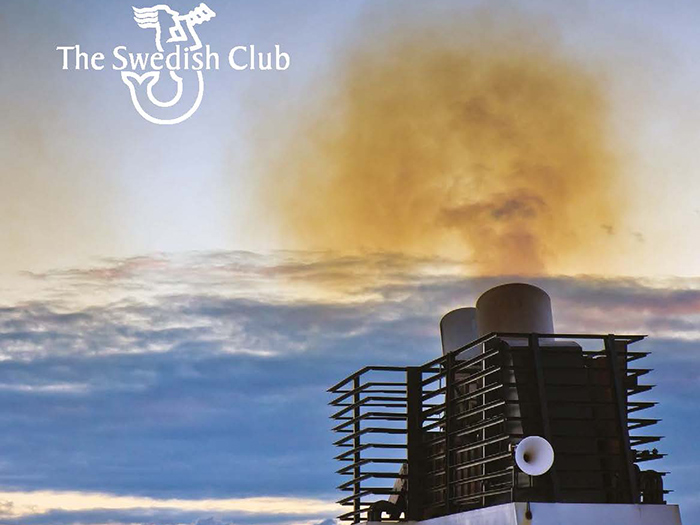
Swedish Club guide cuts through the IMO 2020 chatter
Written by Nick Blenkey
Time is running out for shipowners who have yet to decide on how to meet the January 1, 2020 IMO sulfur cap. Whether the decision is to install exhaust gas scrubbers or to burn low sulfur or alternative fuels, the cost implications of any decision will be difficult to predict —though there is no shortage of opinions in the marketplace.
The Swedish Club has obtained expert advice from a leading marine engineering consultancy and from experts in contract law and produced a guide that aims to cut through the chatter.
The Swedish Club’s Sulphur Guide provides both technical and legal advice. It explores technical considerations when making the decision between operating with low sulfur fuels and retrofitting scrubbers and explains the legal implications, both in terms of compliance and in relation to the terms of any charterparty in place, following that decision.
The guide has been written in conjunction with Tony Grainger, Marine Engineer, TMC Marine; Paul Harvey, Associate, Ince & Co and Jamila Khan, Partner, Ince & Co. All are experts in their fields, providing information based on real life situations they have encountered in their working lives.
Lars A Malm, Director Strategic Business Development & Client Relations says: “In this area there are many unknowns facing ship operators. Will low sulfur fuel be available? If so, what will it cost? What risks do we face in the changeover period? How can we turn this to our advantage? One thing we do know is that, at least at the beginning, the Sulfur Cap 2020 legislation will produce a two-tier charter market – scrubbers installed versus no scrubbers.”
He says the guide “is aimed at providing no-nonsense information to those thinking about the effect potential modifications will have both on the operation of their vessels, and existing charterparties and charterparties entered into in the future.”
Download the guide HERE




